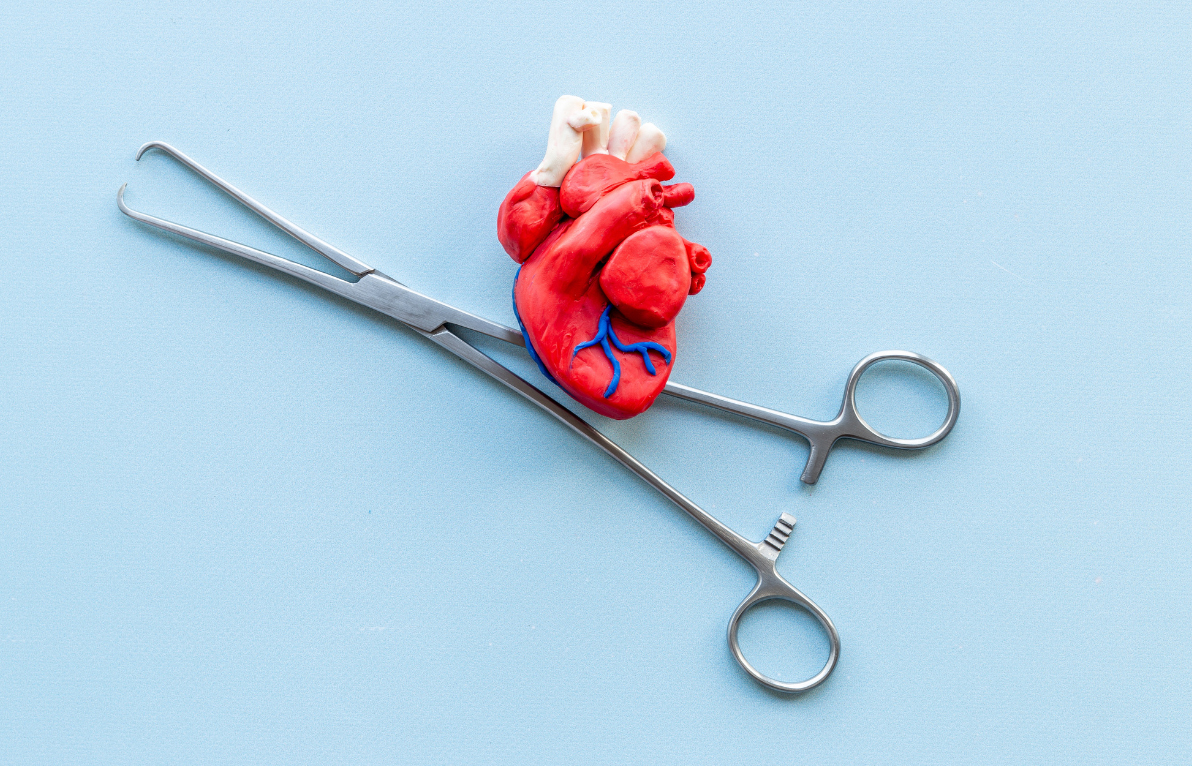Navigating Skull Base Disorders: Early Detection and Treatment Options
The space between the base of the brain and the area of the skull directly below it is referred to as the “skull base.” All of the blood arteries that provide the brain with nutrition and oxygen, as well as the nerves essential for breathing, speaking, seeing, smelling, and moving the face, are located near the base of the skull. A sophisticated network of vital blood arteries and nerves is contained in the complicated web of bones at the base of the skull. Although the bone wall protects this area, diseases that can have widespread effects can still affect it.
Skullbase diseases refer to a wide range of conditions that affect this region. These diseases often cause harm to intricate systems such as the brain, major blood arteries, and cranial nerves. Trauma, infections, congenital problems, and both cancerous and benign tumours can all have an effect on the base of the skull. Neurological problems, including headaches, facial discomfort, blurred vision, dizziness, or seizures, may arise if you have a skull base condition. Cerebral base disorders can cause neurological symptoms such as headaches, facial discomfort, impaired vision, dizziness, or seizures. When a tumour is large enough to press on the brain or nerves, symptoms like these usually start to show.
Types of Skull Base Disorders
Benign Tumours
- Acoustic neuroma – A benign (non-cancerous) brain tumour called an acoustic neuroma develops on the vestibulocochlear nerve, which affects hearing and balance.
- Chordoma – A chordoma is an uncommon kind of tumour. These tumours can occasionally develop on the clivus, a bone in the base of the skull. Others take place in the neck or upper cervical spine.
- Meningioma – A meningioma is often a tumour that originates from the membranes present around the brain and spinal cord and is not malignant.
- Fibrous Dysplasia – An uncommon and benign bone condition is called fibrous dysplasia. It happens when a good bone is replaced with aberrant, scar-like fibrous tissue.
Malignant Tumours
- Adenocarcinoma – Adenocarcinoma is a kind of cancer that originates in the mucous glands found inside organs such as the breasts, intestines, or lungs.
- Chordomas – Tumours called chordomas can develop anywhere in the base of the skull or the spine.
- Hemangiopericytoma – An uncommon tumour that affects soft tissues and blood arteries is called hemangiopericytoma.
- Osteosarcoma – A kind of bone cancer called osteosarcoma usually develops in the osteoblast cells that create bone. Bone cancer may affect any bone, although it usually affects the long bones that make up the arms and legs.
Vascular Lesions
- Aneurysms – Weak spots in blood vessels, particularly at the skull base, can lead to bulging and potential rupture, causing life-threatening bleeding.
- Arteriovenous Malformations (AVMs) – These abnormal tangles of blood vessels can disrupt blood flow, potentially leading to neurological symptoms.
- Carotid-Cavernous Sinus Fistulae – Your eye is affected by a disorder called carotid-cavernous fistula. It may develop gradually over time or quickly following a head injury.
Infections and Inflammatory Conditions
- Meningitis: Infections causing inflammation of the meninges can sometimes originate or spread to the skull base, posing severe health risks.
- Granulomatosis with Polyangiitis (GPA): An autoimmune condition causing inflammation in blood vessels, potentially impacting the skull base.
- Brain Abscess – An accumulation of pus in a confined body region is called an abscess. A brain abscess is a dangerous, sometimes life-threatening condition.
Congenital Lesions
- Encephalocele – An encephalocele is a rare birth condition in which parts of the brain and the covering protecting it protrude through perforations in the skull.
- Meningocele – A meningocele is a congenital condition where the spinal cord of the infant does not grow normally.
Common Symptoms of Skull Base Disorders
Symptoms of skull base tumours can vary significantly based on the specific condition and the structures affected. Each of the conditions mentioned above has its own unique set of symptoms, but in general, whether or not a skull base tumour is cancerous, it puts pressure on essential areas of the brain, which can result in:
- Persistent or severe headaches, especially those worsening over time.
- Blurred vision, double vision, or visual field disturbances.
- Tinnitus, hearing loss, or ear pain.
- Drooping of facial muscles or facial weakness or numbness
- Dizziness, vertigo, or difficulty with coordination.
- Trouble with speech or difficulty swallowing.
Over time, the majority of these symptoms become apparent gradually. Being aware of your body’s needs is crucial, and you should consult a doctor as soon as any of these symptoms start to interfere with your regular activities.
Skull Base Disorder Diagnosis
- Magnetic Resonance Imaging (MRI) – An MRI is a diagnostic procedure that uses magnetic fields and computer technologies to create three-dimensional pictures of bodily components.
- Computed Tomography (CT or CAT scan) – A CT scan displays the anatomy of the brain and looks for any indications of a stroke, fluid accumulation, or mass.
- Bone Scan – In this procedure, radioactive material is injected into the bloodstream. The substance is absorbed by the tumour, and a picture is created using a computer and a specific camera.
- Positron Emission Tomography (PET) – A PET/CT scan, often used in conjunction with CT, identifies tumour cells containing radioactive glucose and compares them to normal brain areas.
Skull Base Disorders Treatment
Advancements in medical technology and surgical techniques have broadened the scope of skull base treatment. The approach to treatment depends on several factors, including the type and severity of the disorder, the patient’s overall health, and the affected structures.
- Expanded Endonasal Endoscopic Approaches (EEA) – EEA are minimally invasive techniques that remove tumours through the nose using an endoscope.
- Anterior Craniofacial surgery – Tumour is removed at the front of the skull base (near the hairline) during anterior craniofacial surgery.
- Posterior Skull Base surgery – The tumour is removed from the rear or side portion of the skull base during posterior skull base surgery.
- Skullbase Radiosurgery – Targeted radiation is used in skullbase radiosurgery to shrink a tumour.
- Vascular decompression – Vascular decompression is a technique used to treat hemifacial spasms or trigeminal neuralgia.
- Open Skull Surgery – Both the skull and the face may need to be cut during this treatment. It could be necessary for surgeons to remove portions of bones in order to access and remove the tumour.
The Road Ahead
After skull base tumor surgery, you will be closely monitored and cared for by the concerned medical team. The goal is to allow you to return to normal activities of daily living without any complications. Post-treatment and rehabilitation therapies like physical therapy, speech therapy, or occupational therapy may be essential for recovery and improving quality of life.
Navigating skull base disorders demands a multidisciplinary approach involving neurosurgeons, neurologists, oncologists, and other specialists. Collaboration among experts, coupled with ongoing research and technological advancements, holds the promise of better outcomes and improved quality of life for individuals facing these complex conditions.




 Heart Institute
Heart Institute Oncology
Oncology Critical Care
Critical Care Institute of Transplant
Institute of Transplant Emergency Medicine
Emergency Medicine  Institute of Gastroenterology
Institute of Gastroenterology Institute of Neurosciences
Institute of Neurosciences Preventive Medicine
Preventive Medicine Institute of Renal sciences
Institute of Renal sciences Institute of Robotic Surgeries
Institute of Robotic Surgeries Institute of Pulmonology
Institute of Pulmonology Institute of Bariatric
Institute of Bariatric Institute of Obstetrics & Gynecology
Institute of Obstetrics & Gynecology Institute of Vascular Surgery
Institute of Vascular Surgery General Surgery
General Surgery  ENT & Head, Neck
ENT & Head, Neck Cosmetology
Cosmetology Dental Clinic
Dental Clinic Anesthesia
Anesthesia Advanced Pediatrics
Advanced Pediatrics Eye/Opthalmology
Eye/Opthalmology




